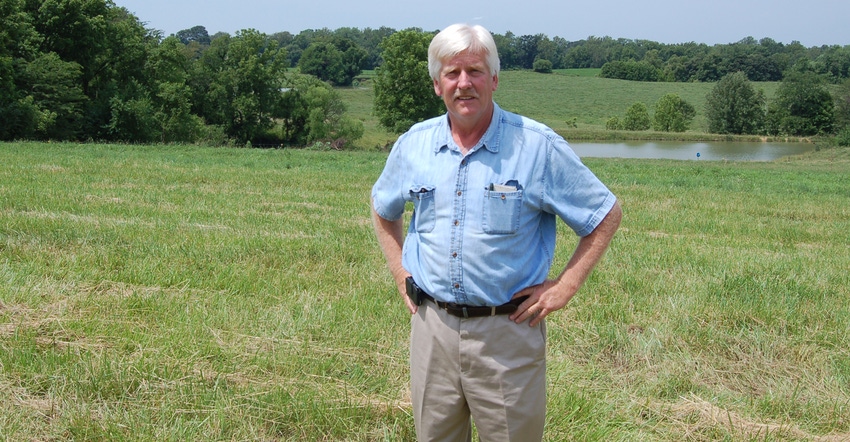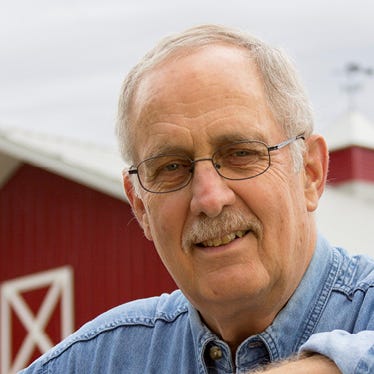April 17, 2018

You’ve likely heard about the frog in the kettle that boils to death because it doesn’t realize the water temperature is gradually rising. Vincennes farmer Ray McCormick says that without major corrective action, Indiana could soon get cooked, too.
“We’re already having problems because it’s staying warmer at night, which doesn’t give corn a chance to respire,” he says. “If we continue and it keeps getting warmer, by 2050 the weather in Vincennes is going to be like what they now have in southwest Oklahoma, and we’re going to be out of the corn business.”
McCormick knows the issues backward and forward. He’s been a passionate conservationist for decades. He’s a 2010 Indiana Prairie Farmer Master Farmer, former president of the Indiana Association of Soil and Water Conservation Districts, River Friendly Farmer, frequent presenter at the National No-Till Conference and currently on the board and Climate Change Committee of The Nature Conservancy in Indiana.
Firsthand education
Perhaps personal experience qualifies McCormick as much as anything. “Part of our farm lies in the Wabash River bottoms, and when I was a kid, it was some of the best farm ground around, and rarely flooded,” he says.
“Now, because of rains of 4 and 5 inches or more, it floods most years. Then we don’t get any rain the rest of the summer. It’s become almost unfarmable, and it’s impacted my bottom line. I ask myself, ‘Do I quit trying to raise corn here? Do I just plant trees?’”
What McCormick describes are symptoms of climate change, which he says is caused by an accumulation of greenhouse gases — carbon dioxide and others, including water vapor — in the atmosphere. Greenhouse gases raise the temperature of Earth’s atmosphere.
While many have questioned or denied the existence of climate change, long-term meteorological data is sobering. A climate change assessment conducted by Purdue University’s Climate Change Research Center states that the average temperature in Indiana has risen 1.2 degrees F since 1895. In meteorological terms, that is a significant increase. The study projects that the pace is going to quicken dramatically, with that average rising by 5 or 6 degrees by midcentury.
More rain
Since 1895, the state’s annual precipitation has increased by 5.6 inches, or 15%. Much of that precipitation comes as bigger, more troublesome rains, frequently in the spring. That rate of change is also projected to accelerate.
The Purdue study says that while there could be some upside to a warming climate, like milder winters and a longer frost-free season, downsides are troubling — things like “heavy rain events will increase flooding risks and pollute water as sewer systems overflow and fertilizers run off farm fields. [Longer growing seasons] can also increase the growth of less-desirable plants like ragweed and create favorable conditions for some invasive species.”
“We’re currently experiencing what’s called ‘climate shift,’” McCormick says. “If we continue, by 2050, it’s guaranteed that the heart of the Corn Belt will shift to places like North and South Dakota, which will raise the best corn, while we’re losing out.”
Learn more about Purdue’s climate change assessment and predictions by reading the full report.
Boone writes from Wabash, Ind.
About the Author(s)
You May Also Like






